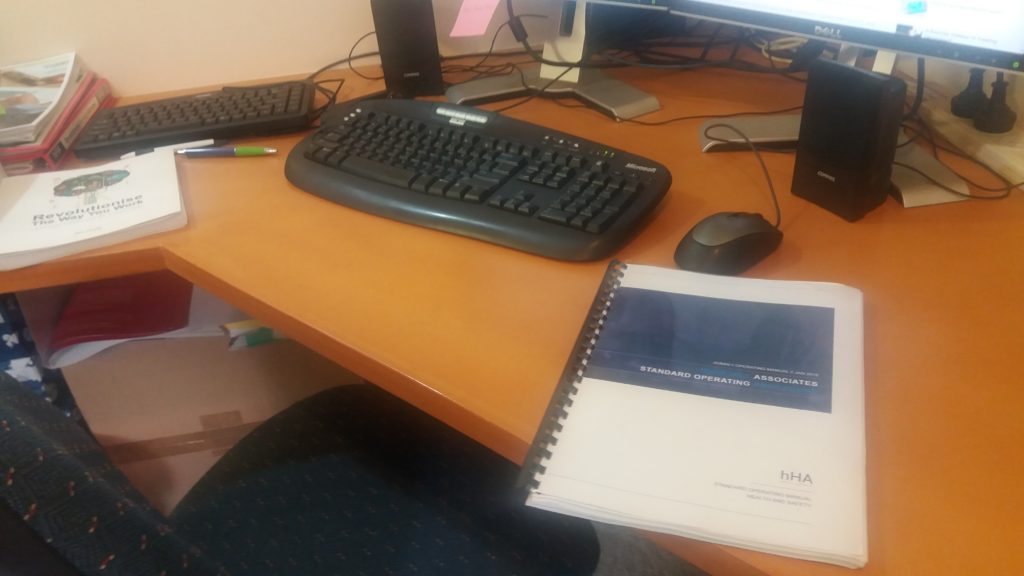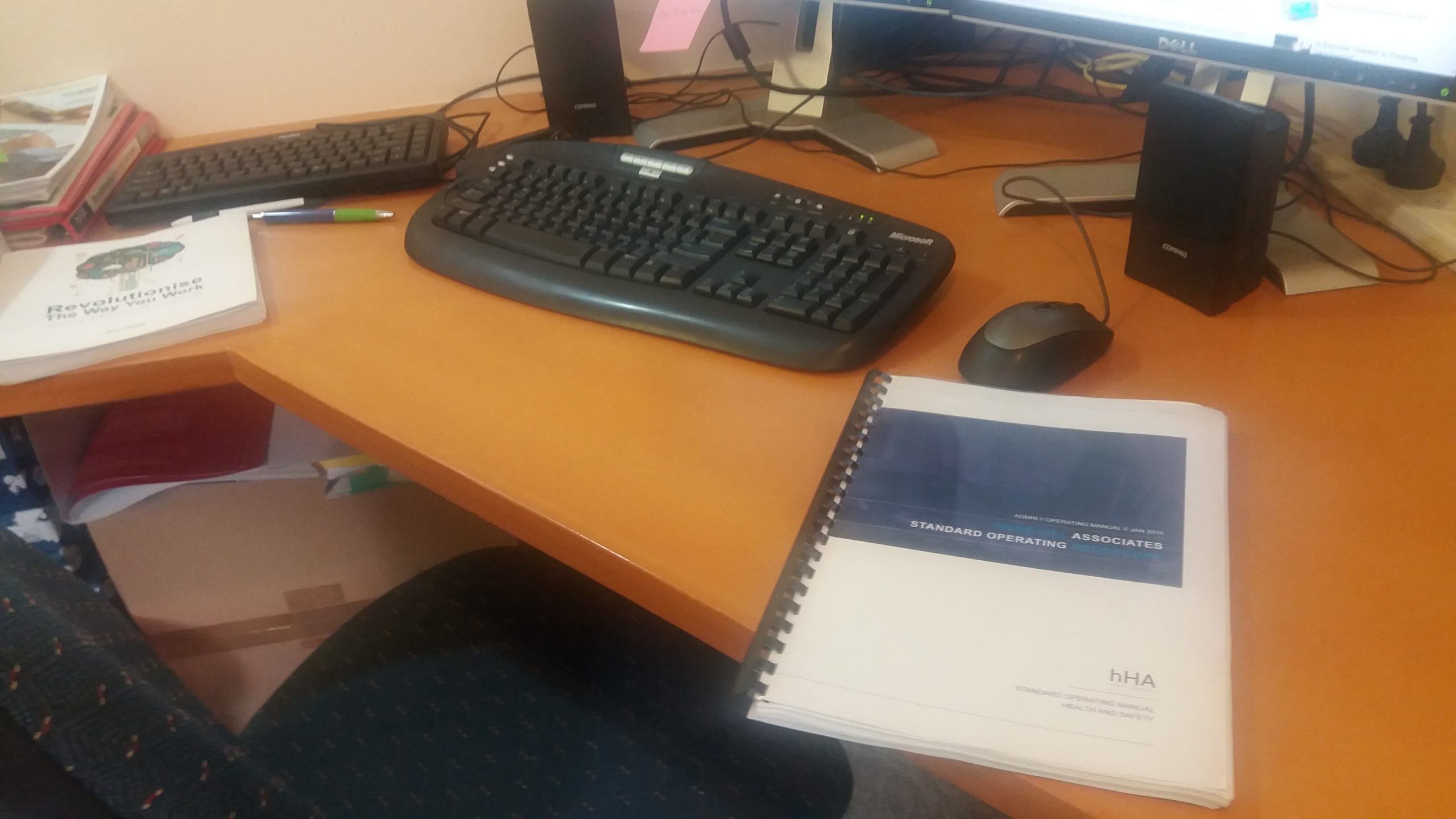Post Statistics
This post has 631 words.
This post has 3861 characters.
This post will take about 3 minute(s) to read.

When a worker leaves an organisation, they take away with them a wealth of knowledge. Not only their expertise, but their awareness of the workplace environment, their know-how of the tools and equipment, their grasp of Health and Safety procedures, their insight into the culture of the organisation, and most importantly… which cupboard has the chocolate biscuits for a cup of tea. This knowledge can be seen as the Intellectual Property of an organisation, and without it, anyone coming straight into it to work can feel like they are adrift at sea.
Bringing in any new worker, no matter how much potential they may have, will come with a period of transition where they will need to adjust and adapt to the new environment. If you can remember back to the first few days in a new job, it can be an anxious time where you would be nervous asking someone more than two or three times where something was kept or how something worked. Those awkward pauses can lead to lost productivity in time until a new worker has settled in.
A Standard Operating Procedure (SOP) is a set of step-by-step instructions to help workers carry out routine, sometimes complex, tasks. I have taken this a step further. The Standard Operating Procedure (SOP) I have created for my office not only includes the operation, care and maintenance of our printing and binding equipment (We make all our books here on site: writing, editing, publishing, printing, binding, packaging and delivery. Check out our Bookstore). It also covers Health and Safety compliances, where we keep our stationery, how to make business cards, the use of software and even website maintenance. All the little rituals and routines from opening up the business at the beginning of the day to shutting everything off and securing the premises at night.
Essentially the SOP can work as a lubricant. It can often feel like the organisation grinds with a screech as you move from one stiff gear to another in the gearbox whenever you change from one worker to another. I have found that SOP’s are a great way to help in that transition. Using a SOP that contains as much of the unimportant but necessary clutter such as “How to log-in to your workstation” would save time for new recruits being embarrassed to ask for a 3rd, 4th or 5th time and thus wasting time until it becomes routine. Imagine taking on a new worker, and after showing them the specifics of their job and then handing them a copy of the SOP and saying “Everything you need to know is all there”.
In order to do so however, SOP’s need to be written as clear as possible. When writing instructions to add, it is crucial to have someone who knows nothing of the tasks you are writing about to test your instructions. That way you can see what you need to clarify when re-writing. It should also be a living, evolving document. Whoever maintains the SOP should take the time to speak to every worker and mark down specific rudimentary tasks that they take for granted that any new worker would find invaluable to know. Make additions and subtractions whenever necessary. A Standard Operating Procedure manual can be a reflection of an organisation’s culture, a necessary communication for workers old and new and an entity that grows and evolves along with the organisation.
And last but certainly not least, turn to page 64 to find out where the chocolate biscuits are kept!
If you want to learn more ways to increase your productivity and maximise business opportunities, check out my Bookstore for the latest edition of Revolutionise The Way You Work Using Microsoft Outlook, 2016 version.
Available in both hardcopy and ebook format.




